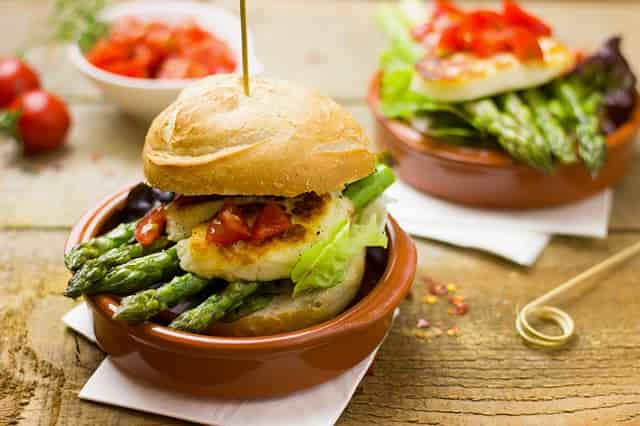Healthy eating can be a challenge. We are surrounded by advertising, fast food, cheap snacks, and friends who want us to go out for dinner, drinks, or a coffee. So much so that some academics have called the average Western nation’s cities “Obesogenic environments”, meaning an environment that is likely to cause obesity. However, there are ways of changing our personal environment to make a healthy diet easier.
Lock up your junk food
The best option really is to just get rid of it. Give it to a food bank, throw it in the bin, whatever you need to do. But if the rest of your family enjoys a bit of junk and you aren’t changing your diet together, you need to make sure you only keep a bit of junk food and lock it all away. This includes sweets, cakes, chips, ice cream, literally anything processed.
Always keep healthy foods at home
What is in your fridge is what you are eating. So if your fridge is full of deli meats, cheese, cake, and fast food, that is what you will eat. And if you want to eat fruits, veggies, fish, lean meats, and eggs, that is what you need to have in your fridge.
Prep for tomorrow, cook for the week
A big inconvenience when it comes to eating healthy is a lack of time. We plan on having a salad, but then we don’t have time to make it so we buy a burger instead. You can change this around by always preparing tomorrow’s meals the night before, and cooking in advance for the whole week and freezing the portions. When you need your meals for tomorrow just defrost a portion of lasagna, make a healthy sandwich, and mix up some overnight oats the night before. Then you just need to grab and eat.
Look up restaurant foods in advance
Going out for a meal can be really difficult when you are trying to cut calories, or just eat better. And the fact that some protein foods come covered in carbs, some sauces are really bad for us, and some salads have more calories than a burger makes it a nightmare. So when you agree to go out with a friend or relative, just take a little time to look up the restaurant’s menu online and check which dishes best suit your diet.
Count snack calories easily
Snacking is another dieting nightmare. You are unlikely to snack on truly unhealthy foods if they aren’t around, but even your hummus, or your apple, have calories. When it comes to snacks, use the following rule of thumb to approximate the calories you just had:
• Fatty foods: 50kcal per tablespoon.
• Low fat foods: 25kcal per tablespoon.
• Sweet fruits: 100kcal per half cup.
• Tart fruits: 50kcal per half cup.
• Low carb vegetables: 25kcal per cup.
Stick to no calorie drinks
Another dieting nightmare is drinks. From coffee creamer to sugar in sodas, our drinks are loaded with calories, mostly in the form of fats and sugars. And don’t even get started on smoothies, alcohol, and hot chocolates because it’s just depressing. So rather than keep having these drinks and trying to work out the calories, stick to stuff with no calories. Plain or flavored water, diet sodas, plain coffee and tea, herbal teas, and fruit squashes all have no calories or virtually no calories, and still make for a tasty, refreshing drink.
Another nightmare source of added nasties and calories are sauces and extras. A tablespoon of a sauce like mayonnaise can add 100 calories, a tablespoon of a sugary sauce can add 25-50 calories, and even dry rubs can add up to 100 calories per portion. Then you have the fact that most sauces are made largely out of sugar, oil, corn starch, and sodium, including MSG. Skip these sauces and you will be cutting out most of the bad calories in your diet. You can also swap onto vinaigrettes and homemade sauces for all the flavor with none of the junk.
Always have, and use, a plan
Finally, remember that you won’t get anywhere by being vague about your goals. Don’t just say “I will eat healthier”. How do you plan on eating healthier? How much junk food are you allowed? What is the minimum number of vegetables you want to eat? Write up a solid plan and stick to it.



